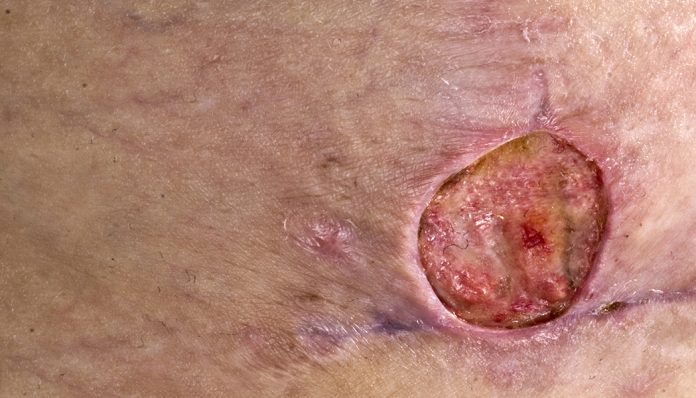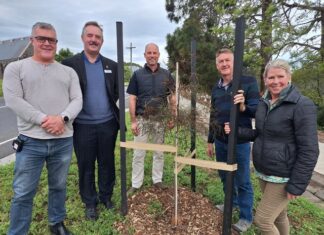A mysterious flesh-eating ulcer has spread to two new locations in Geelong and the Surf Coast, the state’s health department has confirmed.
But the department remains unsure how the Buruli ulcer, common on the Bellarine Peninsula, has moved to Belmont and Aireys Inlet.
They were listed as official risk sites after residents contracted the condition without visiting identified transmission areas.
“We’ve seen an increase in notifications from those who reside in those areas but who haven’t travelled in other known active areas of Buruli,” a government spokesperson said.
The disease, also known as the Bairnsdale ulcer, can eat away skin and fat cells, and can cause gangrene. Symptoms include a spot that looks like a mosquito bite before scabbing them ulcerating.
Cases across the region have remained steady compared to last year despite dropping state-wide, new figures show.
Barwon South-West has 23 recorded cases so far this year compared to 24 during the same time last year, according to government data.
Victoria has 240 cases statewide so far in 2019, down from 299 at the same time in 2018.
Barwon Health, Deakin University and the CSIRO are conducting a “long-term” research project investigating the ulcer.
Authorities have encouraged Geelong and Surf Coast residents to check for early signs of the condition.
“The advice for people in those areas is to be aware of what they need to do to protect themselves first,” the government spokesperson said.
“If they do have a sore or a cut that hasn’t healed, they should go and see their GP and raise the possibility of a Buruli ulcer and have a test.”







